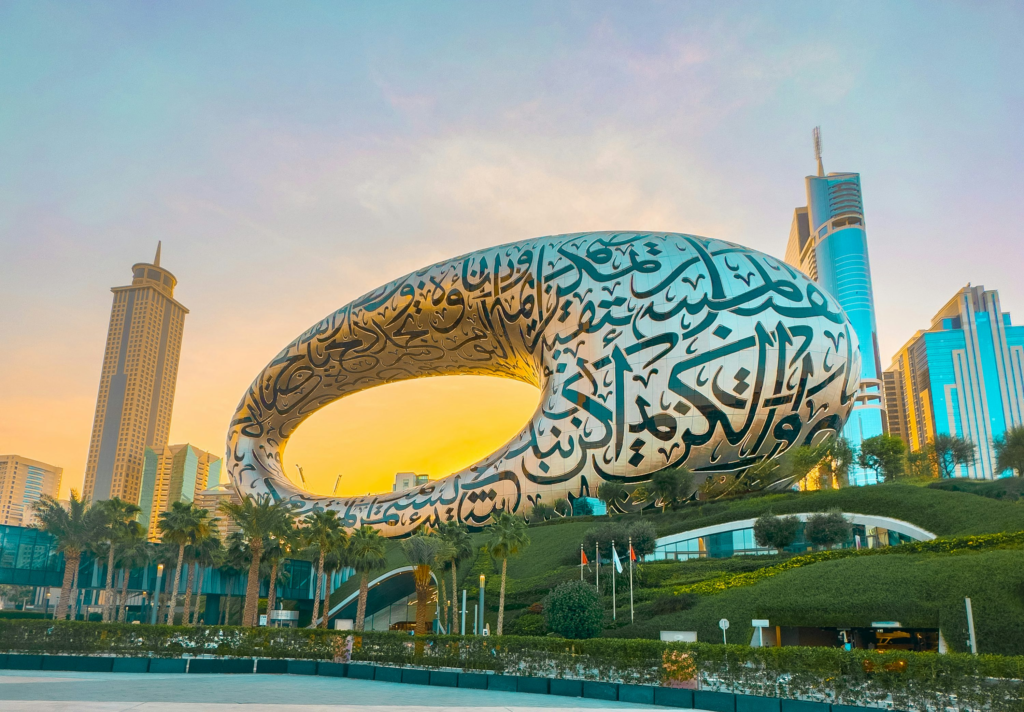Modern Arabic: Its Power and Possibilities

Arabic, a language with a rich history stretching back centuries, has evolved into a dynamic and influential force in the modern world. Modern Arabic, often referred to as Modern Standard Arabic (MSA), bridges the ancient heritage of the language with its contemporary applications. Spoken and understood across the Arab world and beyond, Modern Arabic represents both continuity and innovation, offering immense power and possibilities in our interconnected era.
The Universality of Modern Arabic
Modern Arabic unites over 400 million people across more than 20 countries, making it one of the most spoken languages globally. Despite regional dialects and variations, Modern Arabic serves as a standard form used in education, media, government, and formal communication. This shared linguistic foundation connects diverse communities, fostering a sense of unity and identity across the Arab world.
For non-native speakers, learning Modern Arabic provides access to a vast cultural and economic region, enabling communication, collaboration, and cultural exchange.
A Language of Influence
Arabic holds significant global influence due to its cultural, economic, and political importance. The Arab world is home to abundant natural resources, thriving industries, and rapidly growing economies. Understanding Modern Arabic is a key asset for those working in international business, diplomacy, journalism, and education.
Additionally, Arabic is one of the six official languages of the United Nations, highlighting its role in global governance and diplomacy. Proficiency in Arabic offers unique opportunities to engage with international organizations and contribute to cross-cultural understanding.
Cultural Richness and Literary Heritage
Arabic is the language of a profound cultural and literary legacy, encompassing classical works of poetry, philosophy, and science. Modern Arabic continues this tradition, serving as a medium for creative expression in literature, film, music, and art. Contemporary Arabic authors and filmmakers have gained global recognition, winning prestigious awards and captivating audiences worldwide.
By mastering Modern Arabic, one gains access to both the classical masterpieces and the innovative works of modern Arab creators, enriching one’s understanding of human thought and creativity.
A Tool for Technological Advancement
Modern Arabic is increasingly integrated into technology, with advancements in machine translation, voice recognition, and artificial intelligence. The rise of digital platforms in Arabic has empowered millions to access education, share knowledge, and connect with others. Social media has also played a significant role, giving Arab voices a global platform to advocate for social change, innovation, and dialogue.
For tech-savvy individuals, Arabic presents opportunities to develop localized applications, enhance user experiences, and create content that serves a vast and diverse audience.
Education and Academic Potential
Arabic is the gateway to understanding Islamic studies, Middle Eastern history, and Arab culture. Learning Modern Arabic allows scholars and students to engage deeply with primary sources, whether in religion, politics, or the humanities. Moreover, universities worldwide are offering Arabic language programs, recognizing its importance as a subject of study in an increasingly globalized world.
Possibilities for Non-Native Speakers
Modern Arabic offers immense possibilities for non-native speakers. Whether for professional growth, cultural exploration, or personal enrichment, learning Arabic is a rewarding endeavor. Businesses are constantly seeking Arabic speakers to bridge gaps in international trade. Meanwhile, individuals passionate about travel and cultural exchange find that Arabic enhances their experiences and understanding of the Arab world.
A Language of Connection and Opportunity
Modern Arabic is not just a tool for communication—it is a bridge between worlds. It connects the past to the present, the local to the global, and individuals to entire communities. In a world where understanding and collaboration are more critical than ever, Arabic stands as a language of power and possibility.
Conclusion
Modern Arabic is a living testament to the resilience and adaptability of a language that has shaped civilizations and continues to influence the modern world. Its power lies in its ability to connect people, preserve cultural heritage, and drive innovation. Whether as a native speaker or a learner, engaging with Modern Arabic is a journey filled with opportunities to grow, contribute, and connect.
Now is the time to embrace Modern Arabic and unlock its immense possibilities in your life and the world around you.
